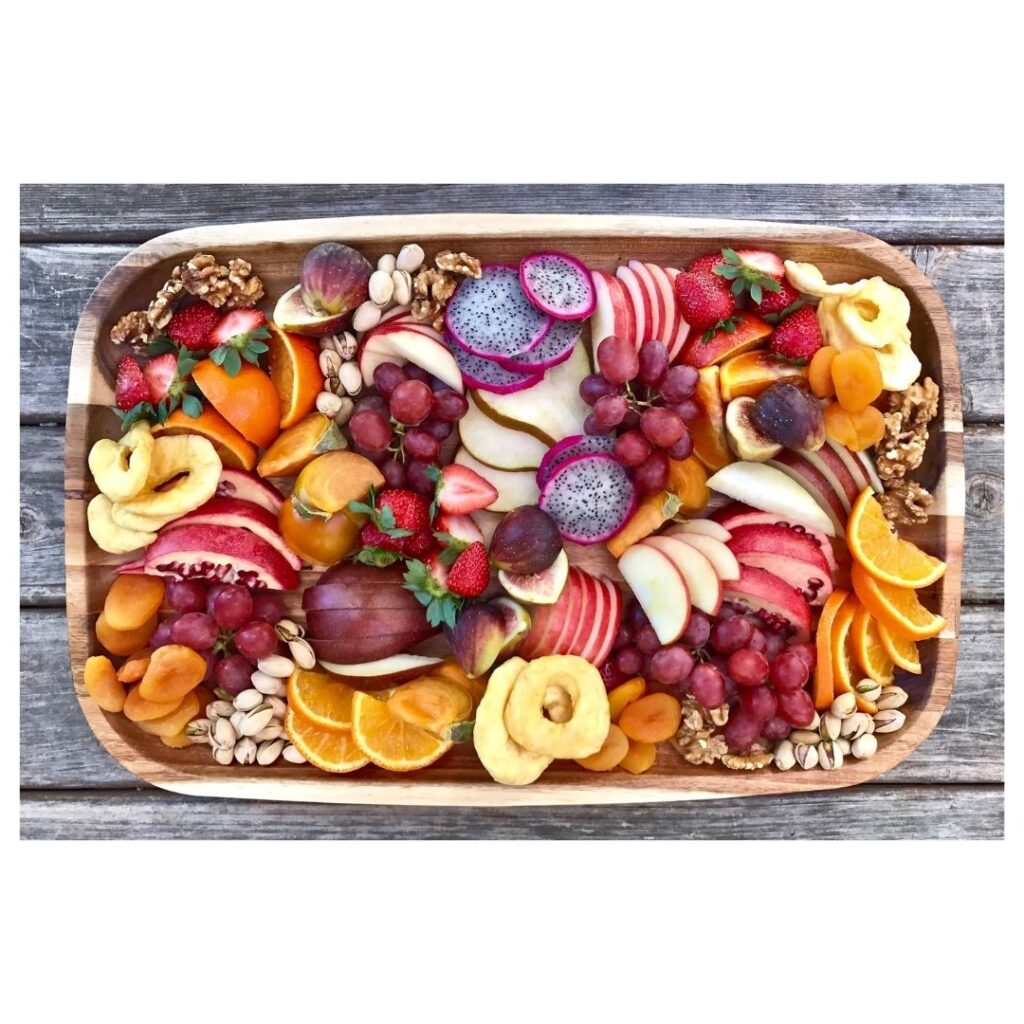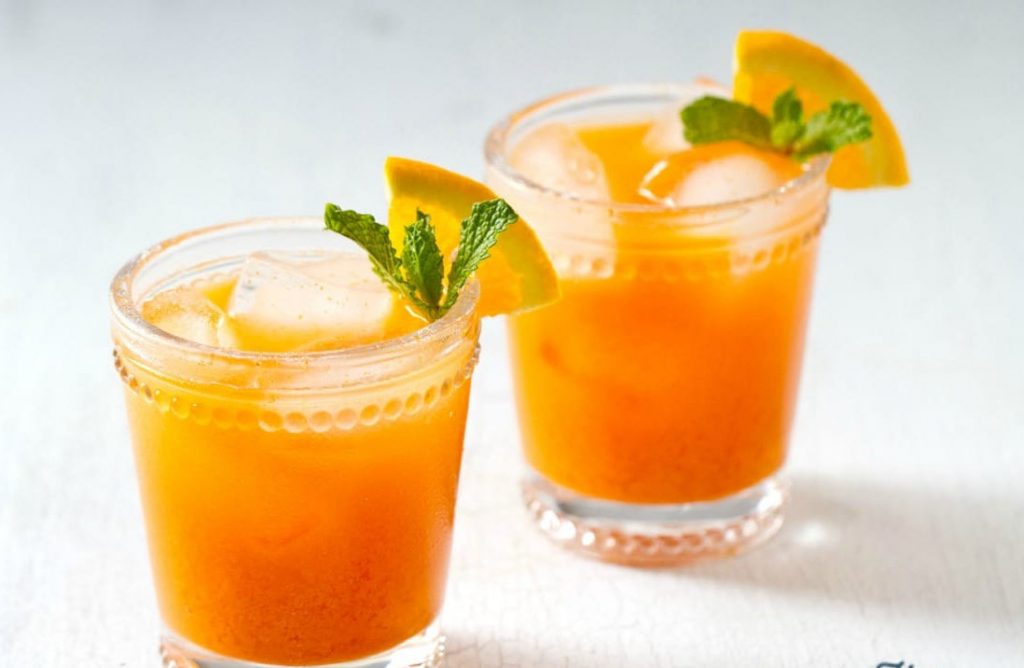• Firstly do not set out totally empty stomach. Fill up partially, say with a light healthy snack like some salad or soup or perhaps a bowl of fruit salad.
• Study the menu and look for items with minimum fats, carbs or refined products. Do not hesitate to ask. Have the waiter describe the recipe like the ingredients used and how it is cooked. If possible you could request to tweak the recipe to minimize extra cheese, cream or butter etc.
• Order for fresh lime juice to kick off while you decide on the menu.
• Order items that are steamed, broiled, roasted or grilled, requesting to avoid butter or cream etc.
• For starters non vegetarians can opt for grilled, roasted or steamed chicken or fish without excess fat. Vegetarians will be better off opting for some grilled seekh capsicum, broccoli, zucchini, mushrooms, onions etc. or some roasted papad (if sodium is not a concern). Avoid paneer as it is mostly the high fat variety. Addition of herbs and spices can enhance the flavor.
• Some of the worst appetizers to be kept off from are, paneer or chicken tikkas, chicken wings, potato, cheese burgers or potato fingers and all dips.
• Order for light clear soups, requesting to get the add ons separately so that you can make you own choice.
• You can choose from the salad bar, but avoiding items like potatoes, corn, grated cheese, creamy dressings, croutons etc. lemon squeeze or rice vinegar instead of salad dressing can do the trick.
• For enjoying the dip with the salad, just dip the fork into the dip before helping with the salad, rather than taking spoonfuls or spreading it over.
• Order for breads without added butter or ghee.
• Avoid paneer dishes as they are high fat as also the Indian vegetable recipes, unless they are stir fried or steamed or baked.
• Keep track of portion sizes, since portion control is the key to safe and moderate indulgence.
• Lastly, if you are too tempted to sweeten your taste buds, surely you can go ahead but just having a small bite or portion. If your companions are generous, you could just take a portion off from their share rather than ordering the whole serving.
Above all, not to forget that a regular good session of any physical work out, be it a brisk walk or any sport or even hitting the gym can balance the indulgences you might love to give in to occasionally.
So, guys go ahead and dine out to your good health.

















